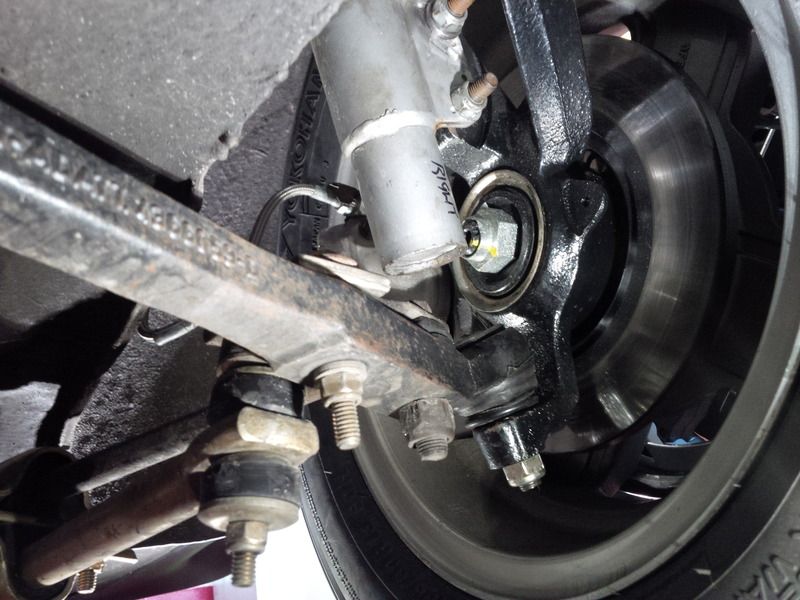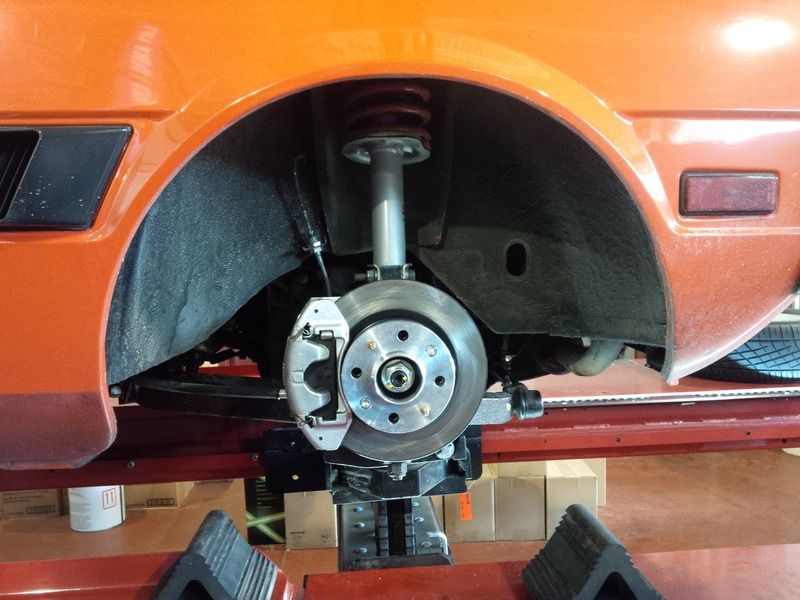I'd set the ride height first, do rears first - make sure the rear control arms are no more than parallel with the ground (not pointing "up").
Then do the front and set the car level - this takes a while, since you'll need to take the tire off, and settle the spring/strut and suspension - or jack up the car, put a jack under the control arm and set the spring height there. This of course is much different than corner weighting, you just want it to sit low and level.
I would use 5/16" "zip" washers for the top bolts on the struts (buy new longer bolts if required).
http://catalog.zipbolts.com/item/all-categories/extra-thick-flat-steel-washers-zip-inch-sizes/10315
Brafasco sells them - they're 8mm exact. You will tack weld the washers onto the struts after you align - why? if you remove any part of the suspension, you can easily put it back without hassle.
I'd set it to stock - the caster will increase because you've lowered it. I wouldn't set more negative camber than stock - more negative means you have less grip when straight line braking (on wide tires anyway). My car is set to stock, I have the settings at home - but I've got no more than -1.5 in the rears. My car handles amazingly well, you won't improve anything unless you're racing it anyway (then you need a pyrometer to actually know if you need more adjustments).
By changing to these struts, you will already be far ahead than any "performance tweaks" so no worries there.. than and your car will look really hot once it's sitting nice and low and even!
Just take it to a guy with a really good alignment rack
Here's my camber adjustment up front - zip washer installed:

Here's the rears - notice, the car is actually not sitting on the rack. This rack can lift the car by the suspension, meaning, no weight on the wheels to set the camber. It worked perfectly.You can see the zip washers up top - after setting, I tack welded them on

The alignment took 3 hours with me helping, but we got it perfect - make sure they center the steering wheel and check every joint before doing the alignment (and rubber bushes, including the track rod bushes).
Cheers and good luck!


